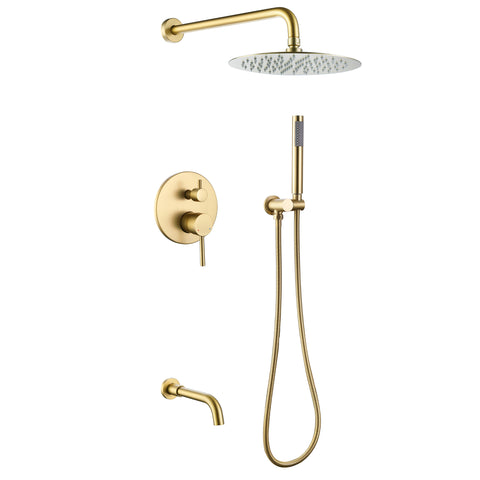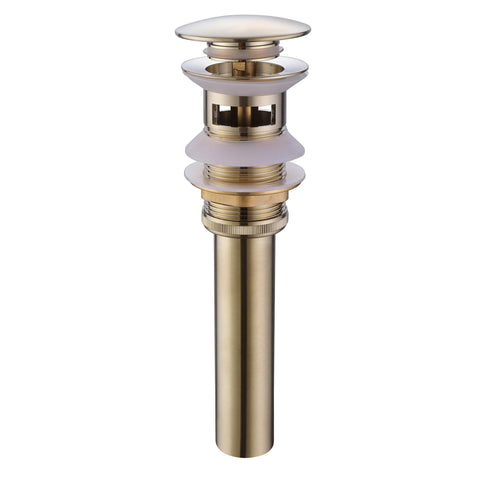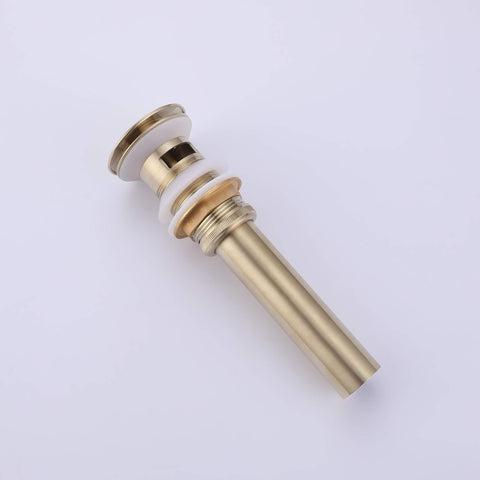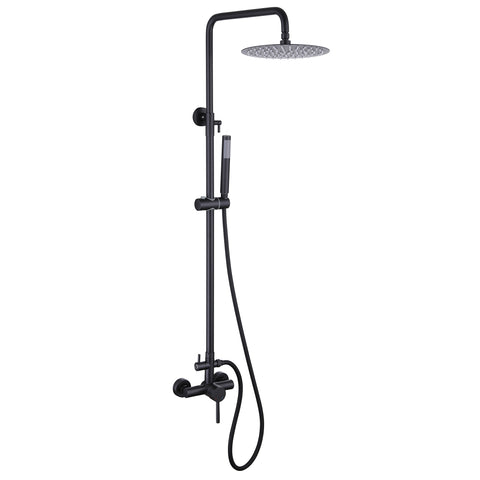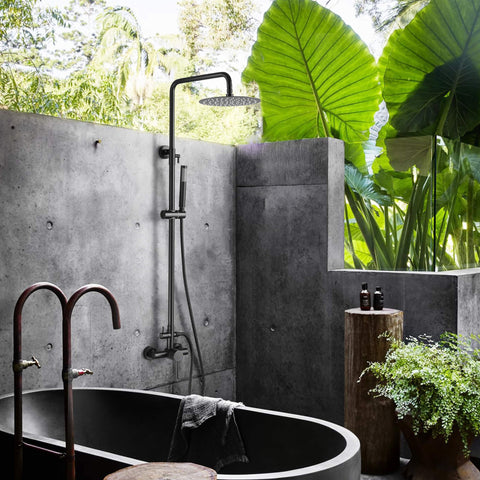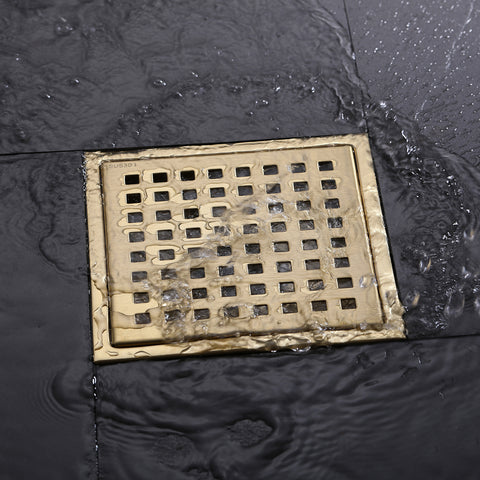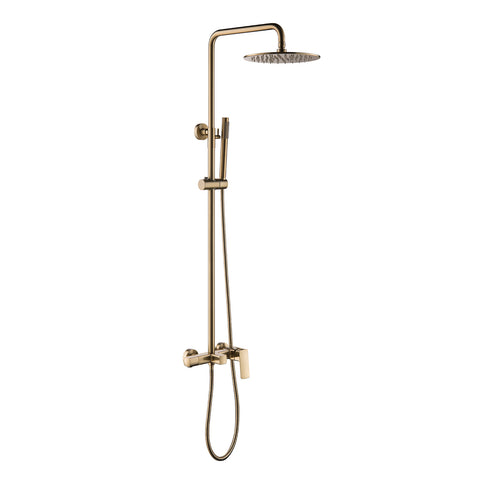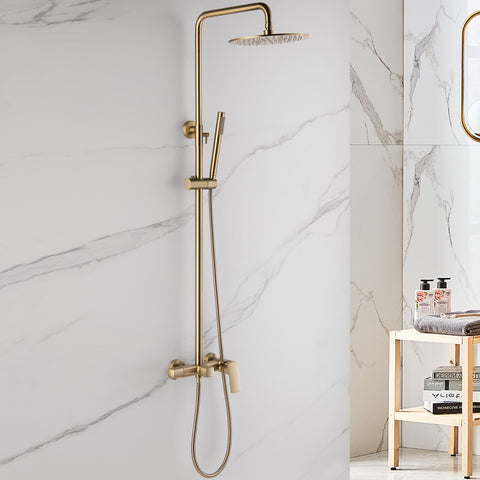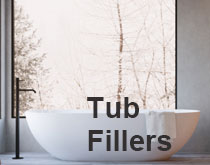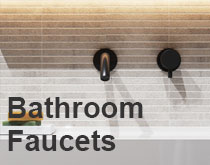Freestanding Bathtub Guide: Design, Fit & Function
Freestanding bathtubs have become one of the most sought-after features in modern bathroom design. Their clean lines, sculptural forms, and spa-like soaking experience offer a striking combination of form and function. Whether you're remodeling your space or building from scratch, a freestanding tub can elevate the aesthetic and comfort level of your home.
What Is a Freestanding Bathtub?
A freestanding bathtub is a standalone fixture that doesn’t require wall attachment or built-in framing. It can be placed nearly anywhere in the bathroom—centered under a skylight, near a panoramic window, or simply as a centerpiece. This flexibility makes them a favorite among designers and homeowners alike.
Key Benefits of Choosing a Freestanding Bathtub
1. Design Freedom
No need for surrounding walls or frames—you’re free to design around the tub. It opens up new possibilities for layout, lighting, and ambiance.
2. Spa-Like Experience at Home
Freestanding tubs often offer deeper soaking depths and ergonomic curves, providing a relaxing and immersive bathing experience.
3. Easy to Clean
With all sides exposed, these tubs are often easier to clean—no awkward corners or grout to deal with.
4. Adds Real Estate Value
A beautiful freestanding tub signals a luxury-level renovation, which can positively impact resale value.
Common Types of Freestanding Bathtubs
| Type | Description | Best For |
|---|---|---|
| Acrylic | Lightweight, warm to the touch, cost-effective | Most home renovations |
| Stone Resin | Solid surface, high heat retention, upscale look | High-end projects |
| Cast Iron | Extremely durable, classic look, heavy | Vintage or historic homes |
| Copper | Unique patina, antimicrobial, rustic charm | Artistic or rustic interiors |
Note: Always consider weight when choosing a bathtub, especially for upper floors.
Factors to Consider Before Buying
- Space & Clearance: At least 4–6 inches of space around the tub is ideal.
- Faucet Type: Choose between floor-mounted or wall-mounted based on plumbing.
- Material Durability: Acrylic is great for families; stone resin offers luxury.
- Maintenance: Glossy finishes are easier to clean; matte finishes need care.
Installation Insights: What You Should Know
While freestanding tubs are simpler to install than built-ins, here are a few essentials:
- Floor Reinforcement: Heavier tubs may require additional floor support.
- Drain Location: Align with the tub’s drain to minimize plumbing work.
- Level Surface: Ensure the bathroom floor is flat and stable.
How to Choose the Right Style for Your Bathroom
- Modern minimalism? Choose a matte white oval tub.
- Classic elegance? Go with a clawfoot tub and vintage faucet.
- Bold and artistic? A freestanding black or stone tub makes a statement.
Final Thoughts
Choosing the right freestanding bathtub is about more than aesthetics—it’s about creating a space for rest, wellness, and visual harmony. Whether you prefer sleek acrylic designs or luxurious stone resin tubs, the right choice can redefine your bathing experience.
Explore elegant and ergonomic models from brands like RBROHANT and transform your bathroom into a space of daily rejuvenation.
